
On September 23, 2025, United Airlines requested a ground stop for all U.S. and Canadian departures due to a “connectivity issue.” This marked the airline’s second major technology disruption in two months.
The 30 minutes-long halt affected thousands of travelers, highlighting growing concerns about the fragility of airline technology systems. United said normal operations resumed quickly with no safety issues reported.
Widespread Delay From Late-Night Disruption
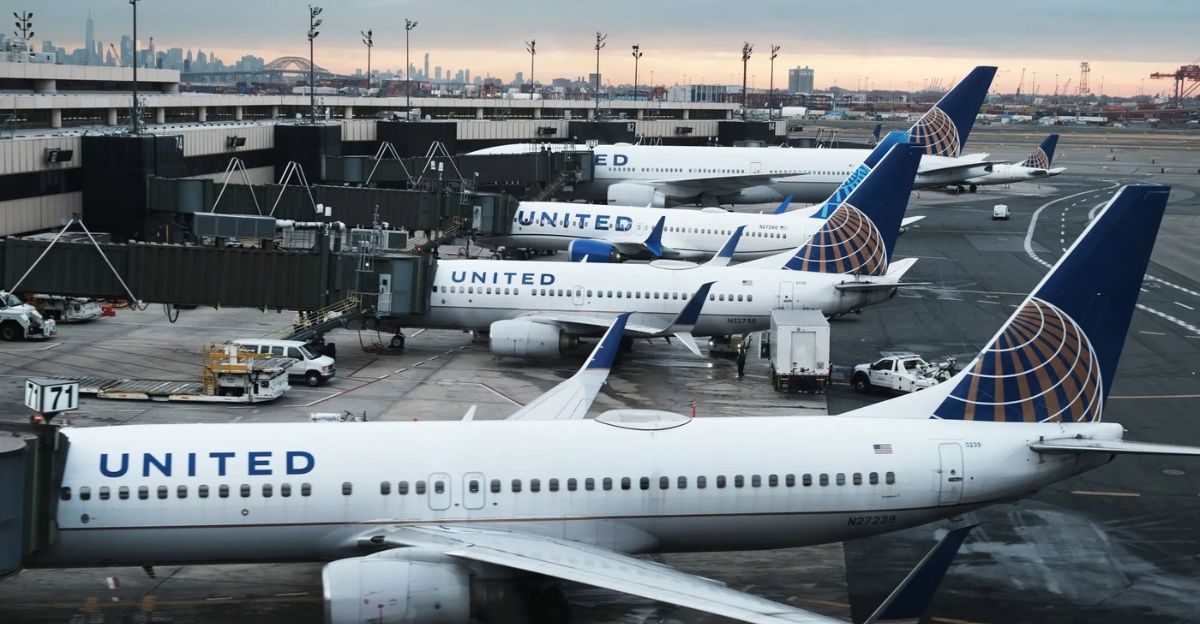
The ground stop began just before midnight Central Time and lasted about 30 minutes, halting outbound flights nationwide. This timing likely minimized peak travel disruption. Affected major airports included Chicago O’Hare, Newark, Denver, and San Francisco.
The FAA classified the cause as a “company/technology” issue, indicating the problem stemmed within United’s own systems and not from air traffic control or broader network factors.
What Went Wrong: Connectivity Issue Explained

United described the cause as a brief internal “connectivity issue” but did not offer technical details. Similar statements followed after operations resumed.
The event revealed how dependent airline scheduling and departures remain on uninterrupted digital connectivity, even in off-peak hours. This dependency increases operational risks from system failures.
Second Major Ground Stop in Two Months
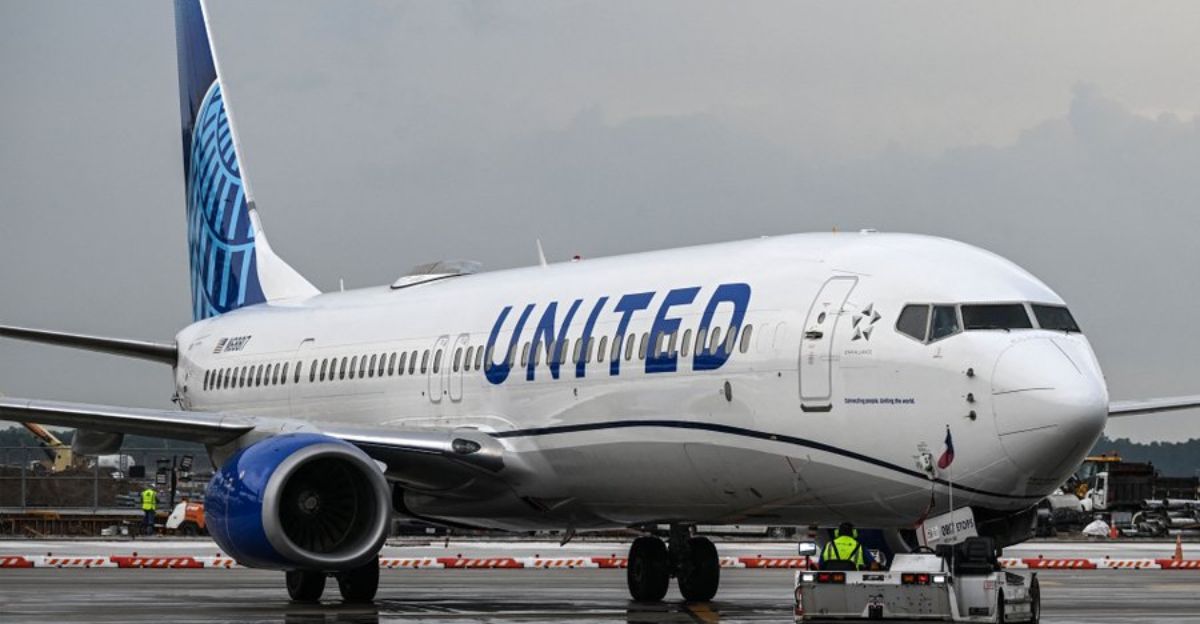
Just six weeks prior, United suffered a major tech meltdown on August 6, disrupting over 1,000 flights and canceling more than 200 nationwide.
The August outage struck key hubs during peak evening hours, with United holding all flights at airports like Chicago, Denver, Houston, and Newark for several hours.
Anatomy of the August Failure
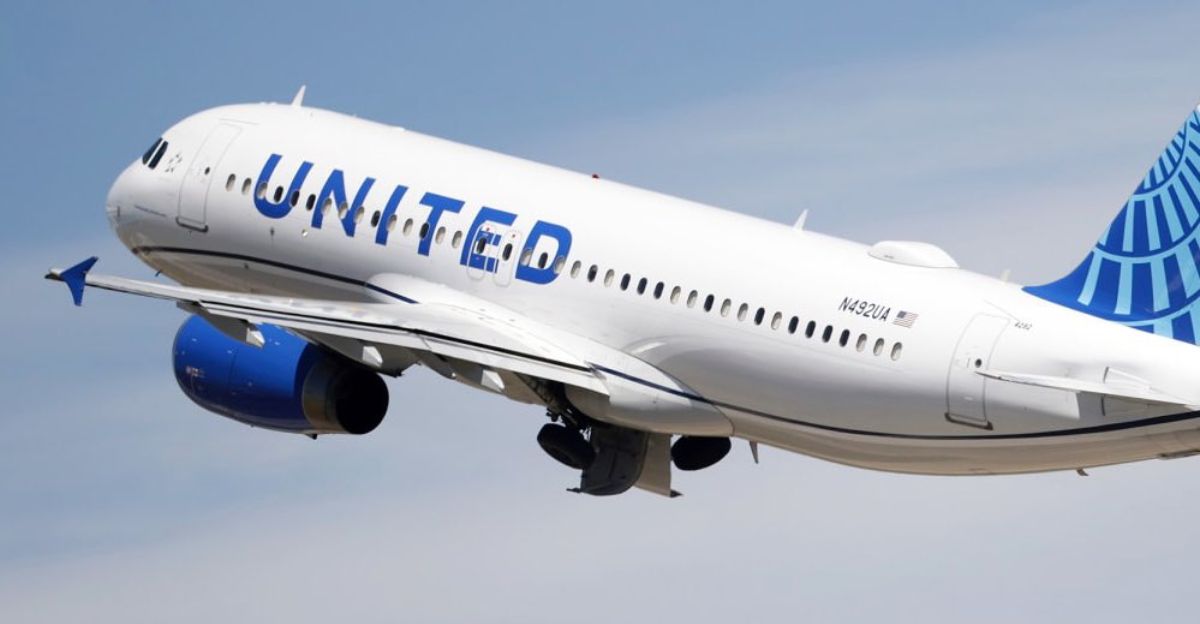
The August incident stemmed from a failure in United’s weight and balance system, central to multiple critical operations including flight tracking and load management.
Residual delays lasted well into the night, affecting passengers stuck at gates and blocking arrivals, some jets returning to gates for deplaning after extended waits.
Quick Recovery but Passenger Impact Remains
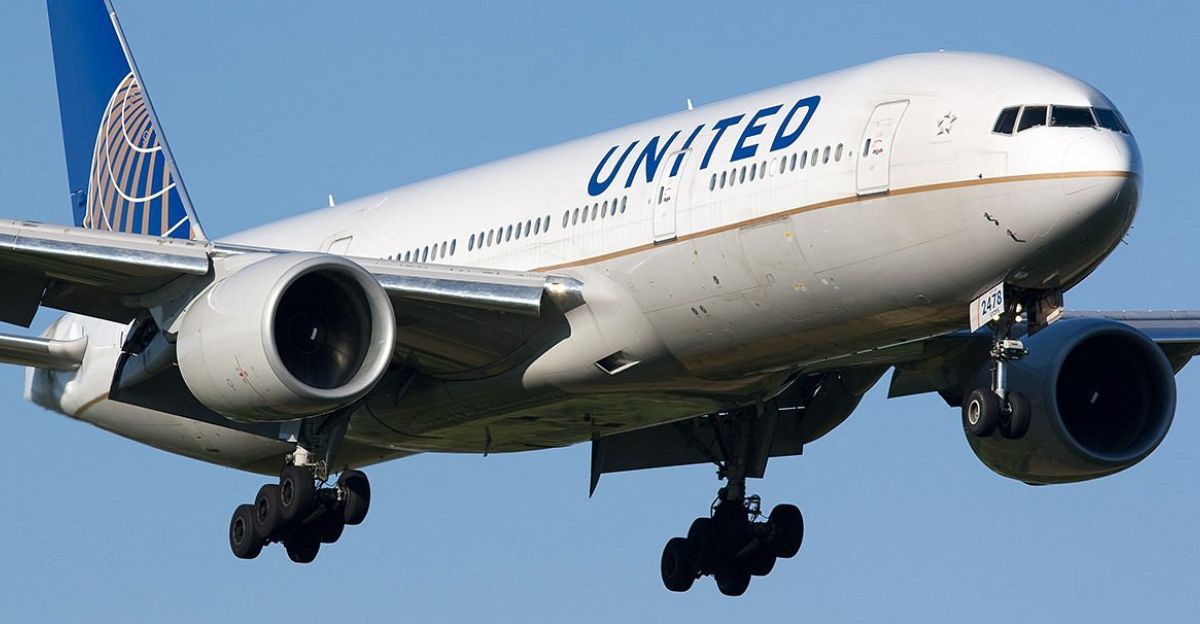
United quickly restored normal operations following the September event, minimizing long-term delays for most travelers. Yet, even brief interruptions can cascade into widespread delays.
Such disruptions strain airline and airport staff, increasing pressure on customer support resources and risking damage to passenger experience across complex networks.
Industry-Wide Pattern of Tech Failures in 2024–2025
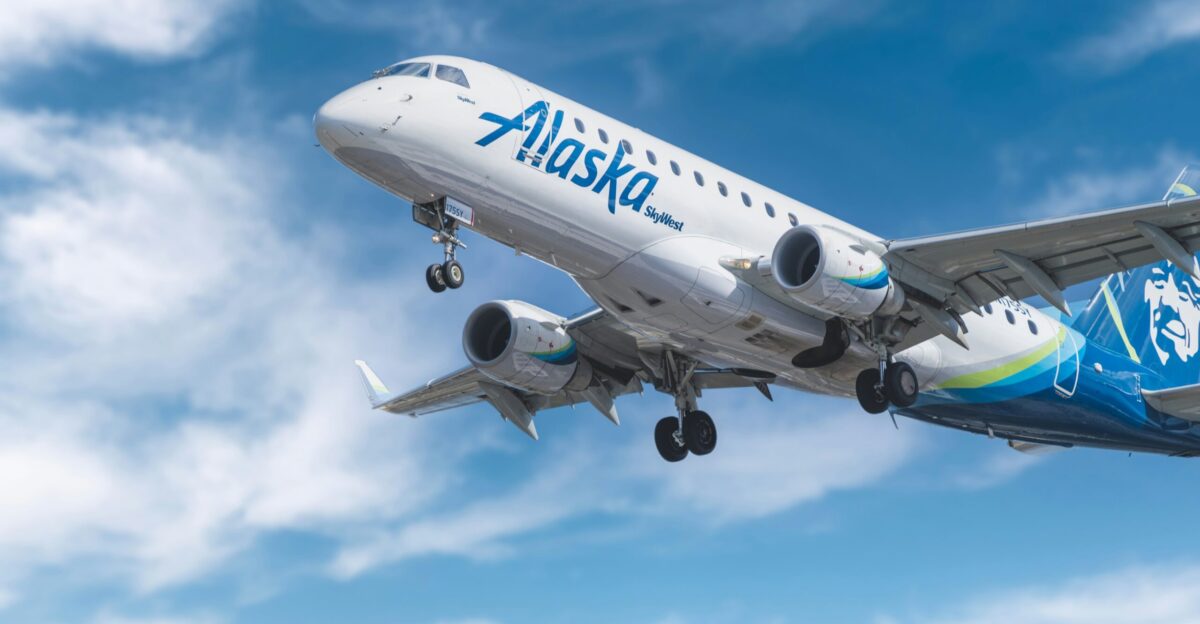
United is not alone in facing technology breakdowns. In July 2025, Alaska Airlines grounded all flights for about three hours due to an IT failure—its second major disruption in 15 months.
These incidents, often caused by legacy system failures or configuration errors, have become recurrent across multiple U.S. carriers, signaling broader challenges in airline technology management.
Understanding Ground Stops and Their Consequences
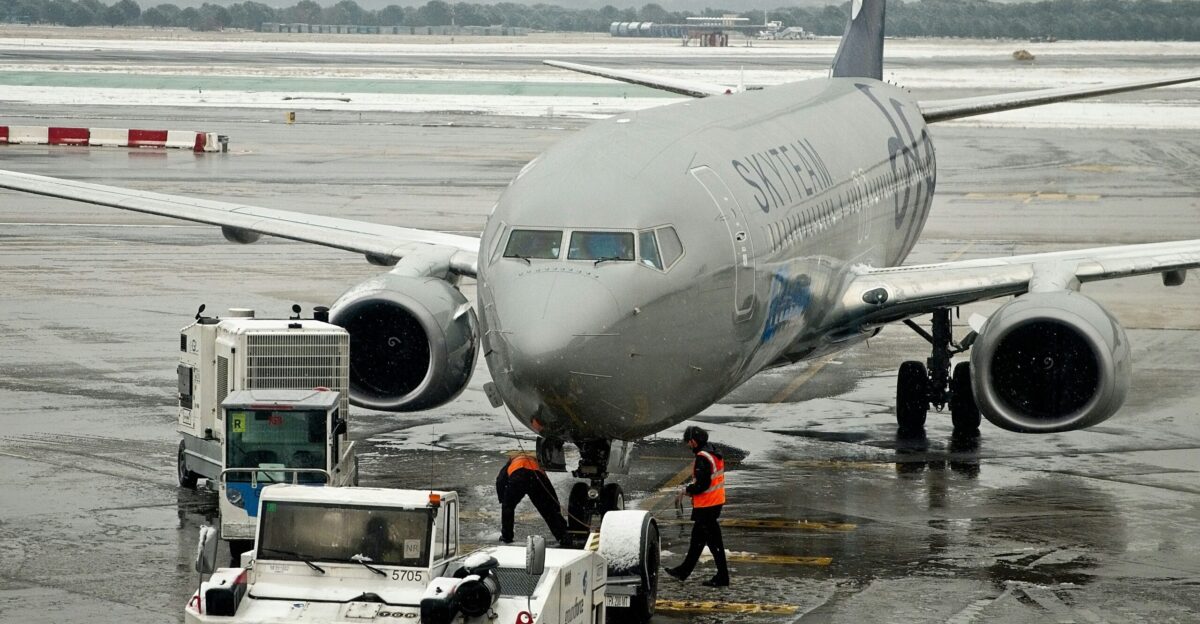
A ground stop requires all affected flights to remain on the ground due to specific issues like technical or safety concerns. Airlines or the FAA can initiate such orders.
These measures disrupt airport operations significantly, triggering a domino effect that impacts passenger itineraries, ground services, and airline logistics.
Legacy Systems Pose Ongoing Risks
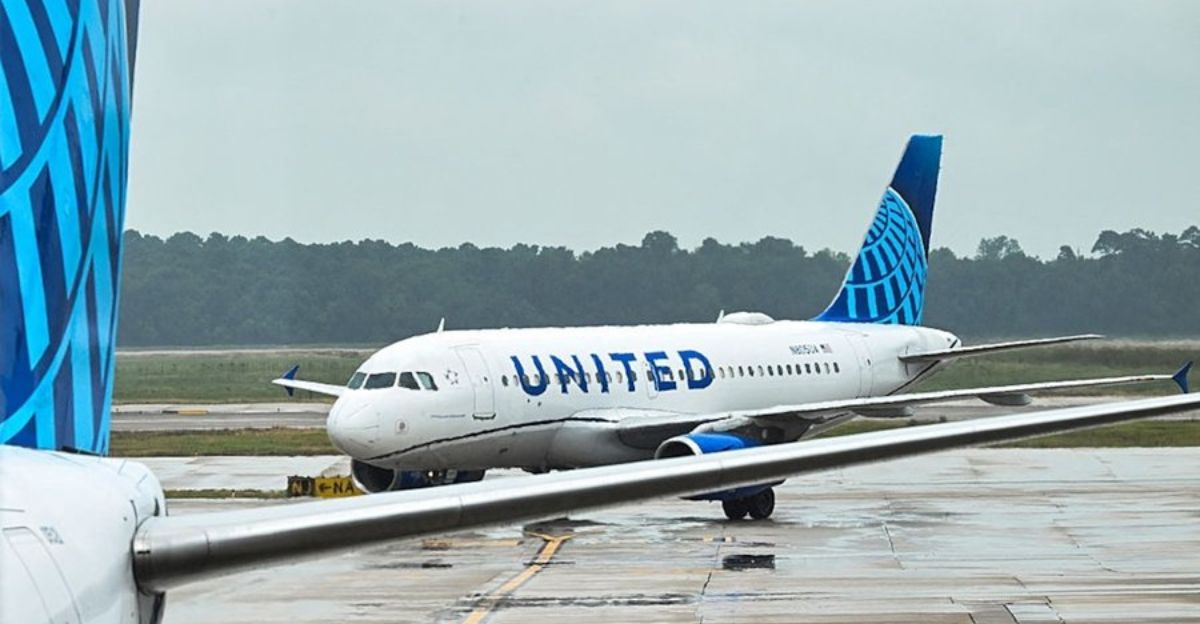
Experts cite the continued reliance on aging “legacy systems” like mainframe scheduling software as a major vulnerability for airlines.
Integration challenges with newer digital platforms can turn minor glitches into major operational failures, complicating real-time disruption management.
FAA and Officials Clarify the Situation
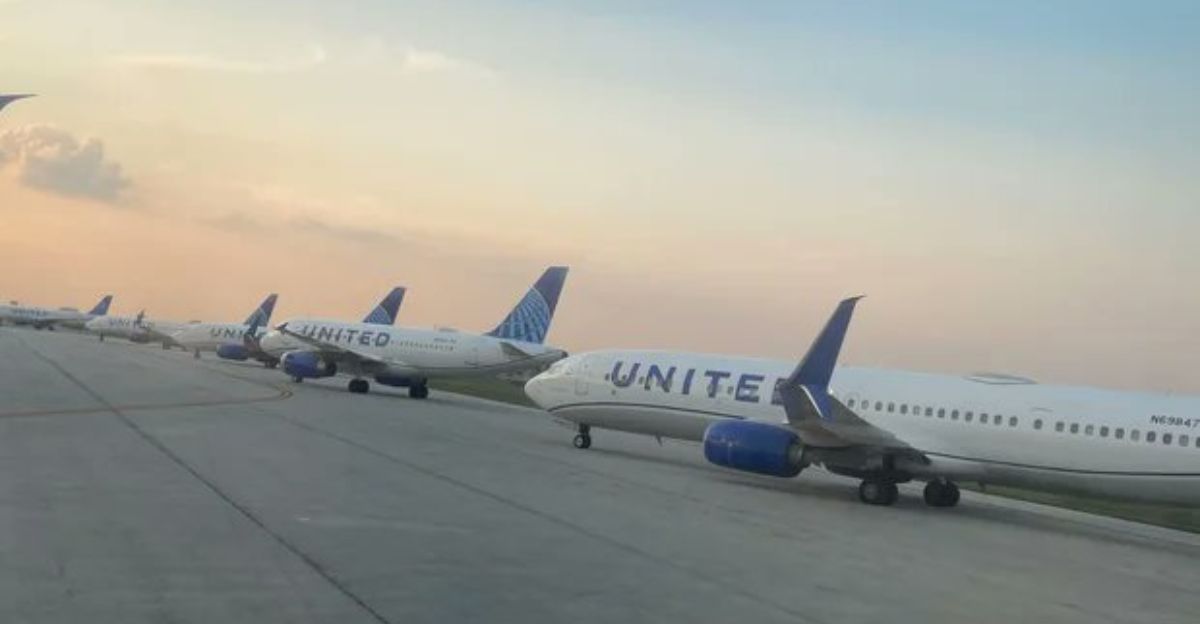
Federal officials described United’s August and September events as isolated technology failures unrelated to FAA air traffic control systems.
Transportation Secretary Sean Duffy emphasized these issues were “specific to United operations and unrelated to the broader air traffic control system.”
Safety Not Compromised, Precautionary Measures Only
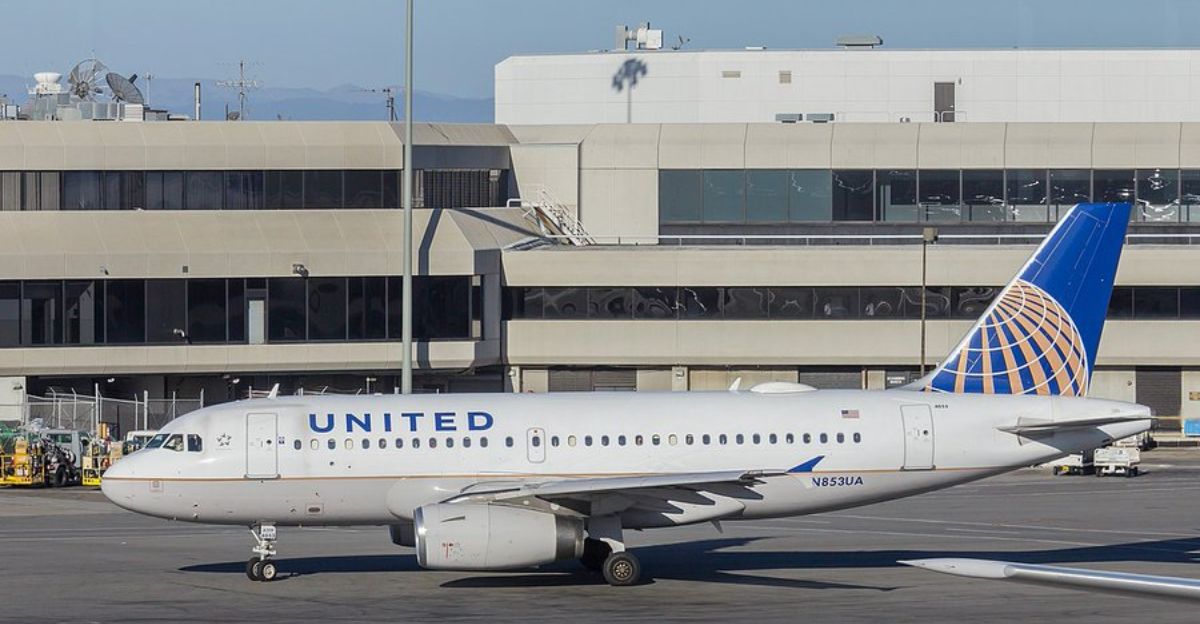
Both the FAA and United confirmed that no immediate or ongoing safety risks occurred during or after the September ground stop.
Precautionary grounding aimed to mitigate operational risk but did not stem from any regulatory safety violation, differentiating technology failures from safety incidents.
Compensation Policies and Passenger Rights
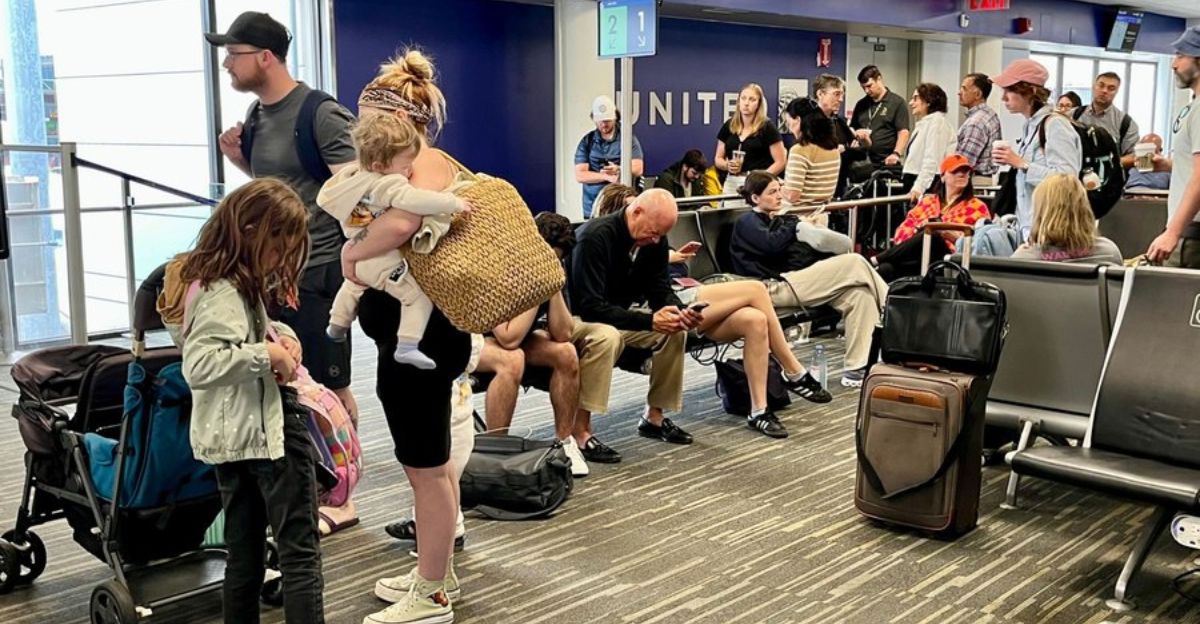
Under current U.S. rules, airlines need not provide monetary compensation for delays or cancellations except for denied boarding scenarios.
Many airlines, including United, categorize technology delays as controllable and may offer discretionary amenities like meals or hotel stays, detailed on the Department of Transportation’s Airline Customer Service Dashboard.
CrowdStrike Outage: An Industry Wakeup Call
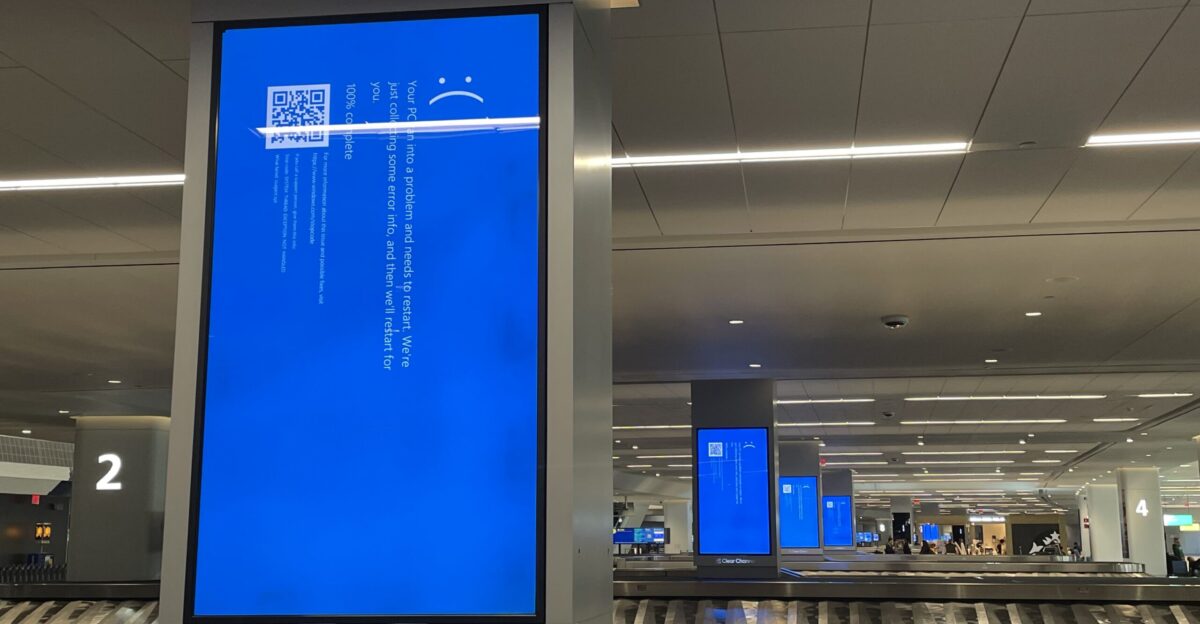
In July 2024, a botched CrowdStrike Windows update triggered 23,393 flight cancellations across North America and global disruptions, exceeding any single airline tech failure.
Delta Air Lines alone lost $500 million from canceling 7,000 flights in five days, illustrating catastrophic financial risks of digital outages.
Why Outages Are More Frequent
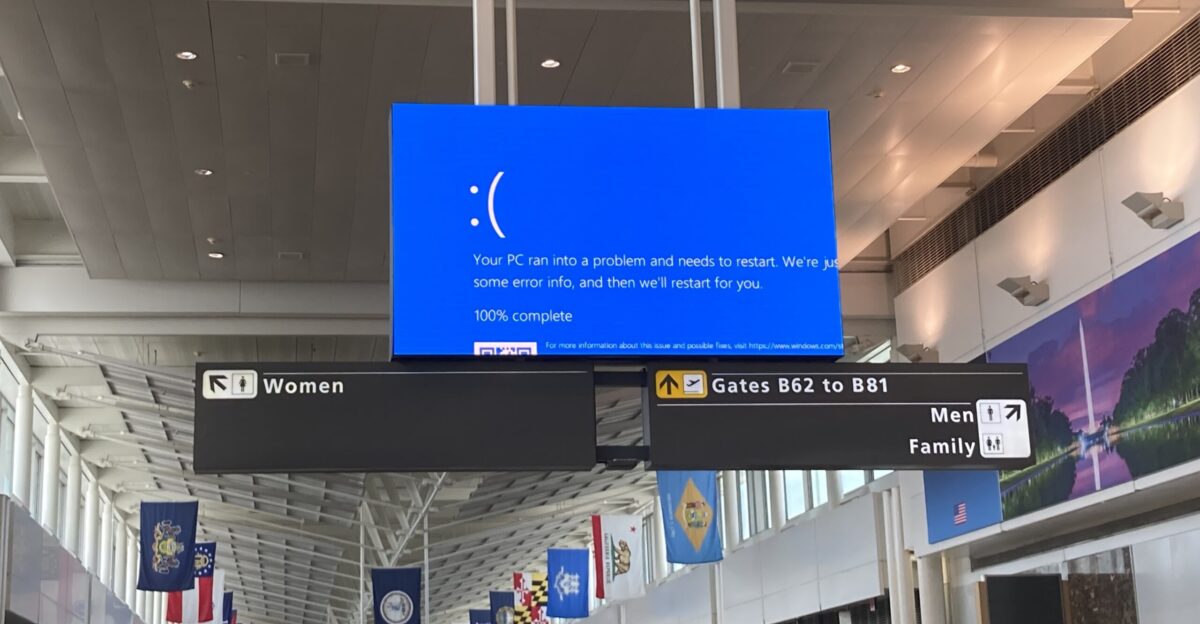
Experts link frequent tech failures to reliance on aging mainframes, inadequate modernization, and mounting digital complexity in airline systems.
“Resilient IT infrastructure is now as essential to airline reliability as physical aircraft maintenance,” aviation analysts note, putting technology upgrades at the center of airline strategy.
Airline Tech Modernization
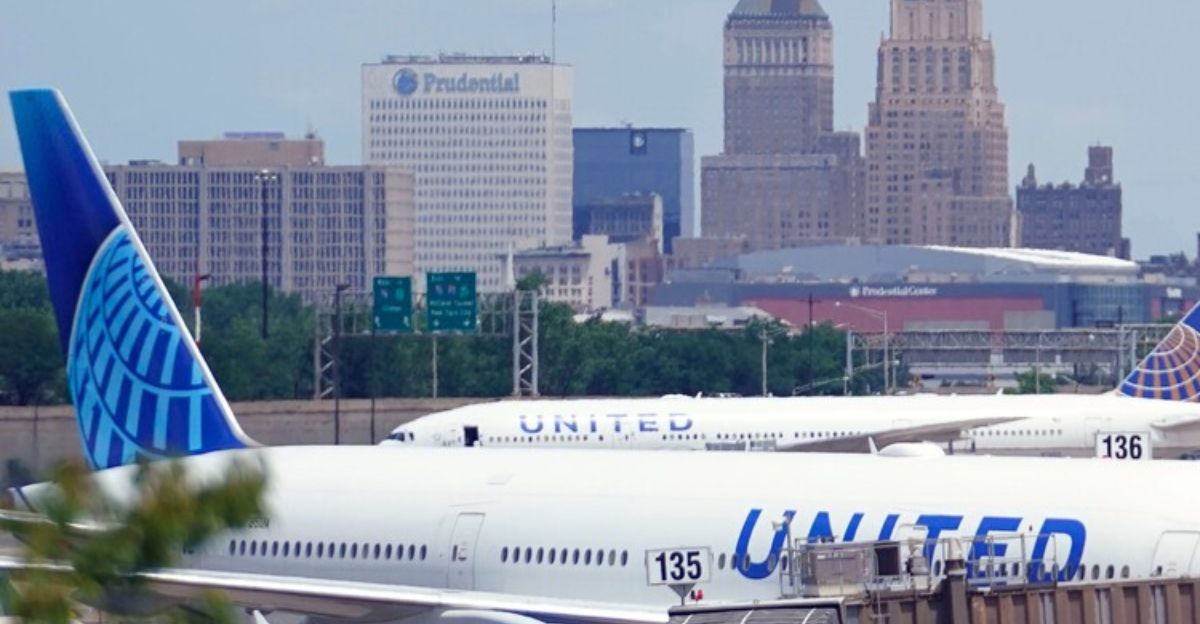
United’s September 23 ground stop highlighted the risks of relying on aging systems while pushing for modernization. Thousands of daily flights still depend on fragile legacy technology.
Henry Harteveldt of Atmosphere Research warns, “Airlines have very complex operations…they run hundreds if not thousands of software programs.” He cautioned that airlines “can’t keep kicking the can down the road” on upgrades.
Cost of Deferring Upgrades
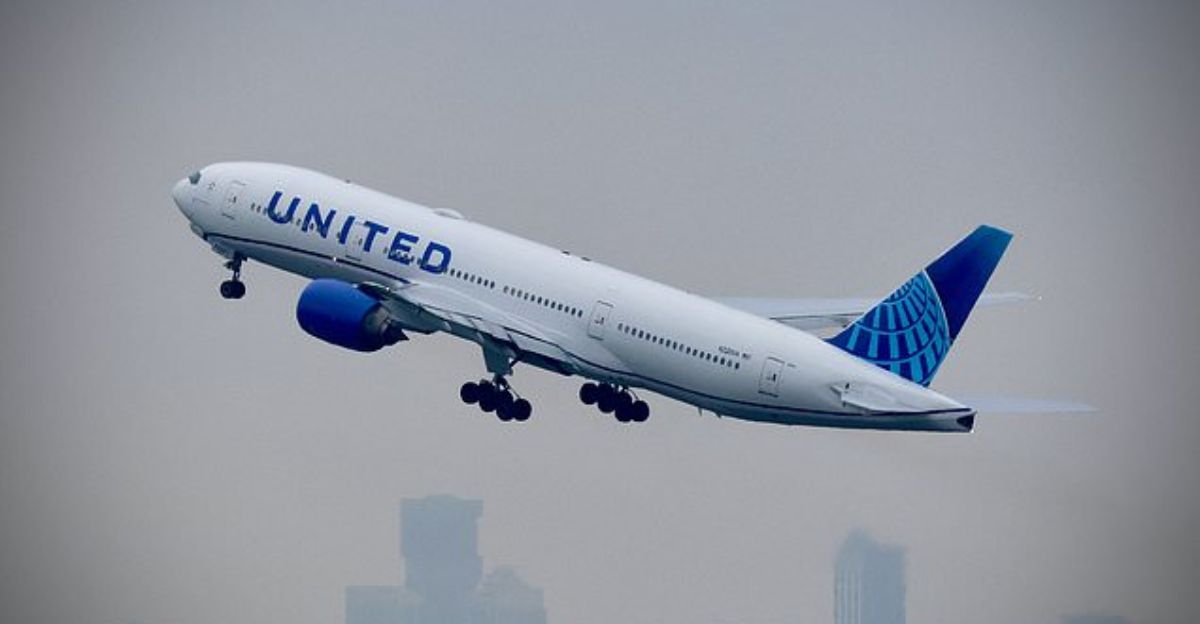
Industry experts argue delaying system updates creates vulnerabilities that spiral into crises. McKinsey warns, “Complex, global IT systems that rely heavily on legacy components will remain vulnerable to breaches and failures.”
Their analysis suggests modernization could boost aviation EBITDA by $45 billion by 2030. For airlines, postponing investment risks financial loss and operational chaos when outages strike.
FAA’s Regulatory Gaps

FAA regulations under 14 CFR still prioritize physical safety, with limited focus on digital resilience. The agency admits many systems are “decades old, antiquated, or obsolete.”
In its 2025 plan, the FAA warned failing to modernize raises risks of system failures and disruptions. Upgrading networks and radar is now central to maintaining safe skies.
Closing the Tech Gap
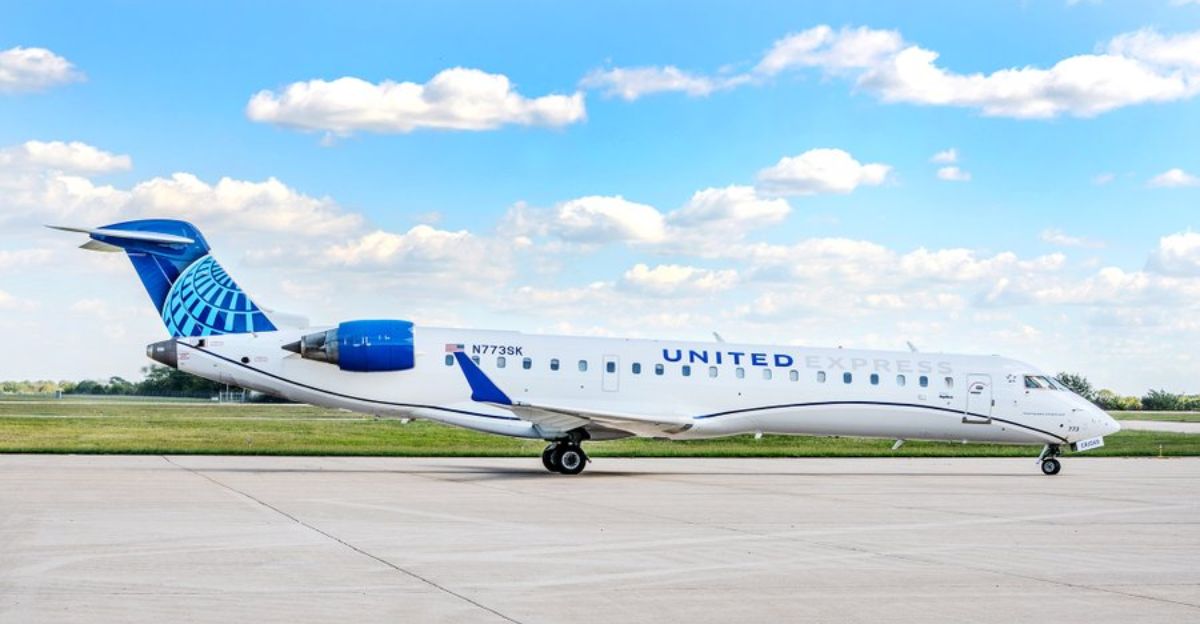
The FAA’s modernization blueprint calls for replacing outdated copper lines with fiber and upgrading radar systems. Without these, the risk of outages rises.
Experts say gaps remain between traditional airworthiness rules and comprehensive digital infrastructure standards. Bridging that divide is critical for future safety.
Need for Backup Systems
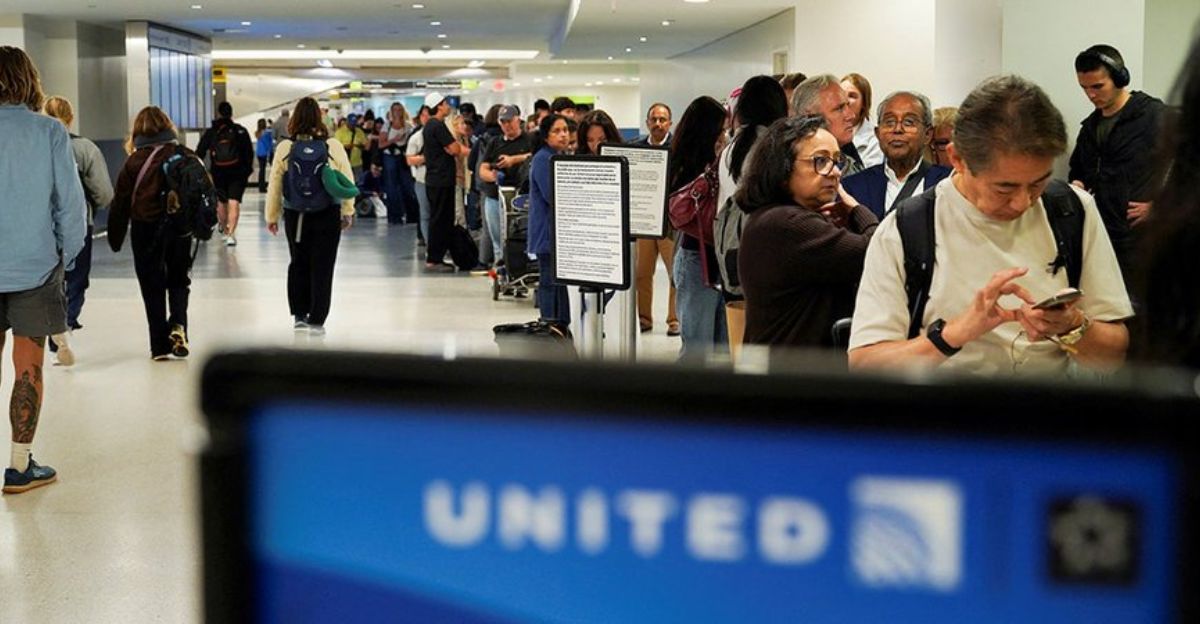
Aviation consultant John Strickland stressed resilience, warning that airlines must plan for continuity during outages. “Supply chain issues are frustrating every airline with a triple whammy on revenues, costs, and environmental performance,” IATA has also cautioned.
Experts urge investment in redundancy and automated recovery systems. The FAA’s plan stresses improved efficiency and safety from such measures.
Lessons for Aviation’s Digital Future

United Airlines’ repeated technology ground stops highlight aviation’s growing digital vulnerability in 2025. These episodes urge airlines, regulators, and travelers to demand stronger technology modernization efforts.
Investment in resilient infrastructure, reliable backups, and clearer passenger protections will be essential to ensure safe and dependable air travel in the increasingly digital era.